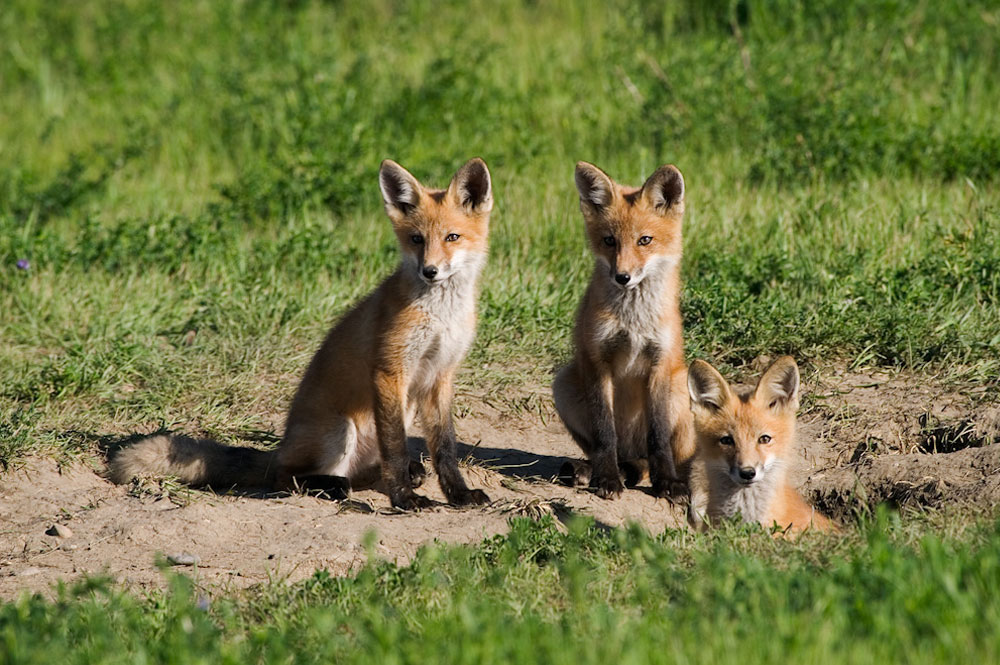Picture Perfect: Your Vital Guide to Selecting a Camera System for Pet Taking Photos of Animals
Seizing the beauty and natural behavior of animals in their wild habitat can be the most gratifying experiences for photographers. If you are seeking awe-inspiring animals in the great outdoors or snapping frisky domestic animals at your house, having the best camera can make a significant difference in your photography of creatures. With the wide array of options available today, picking the most suitable camera can feel overwhelming. Knowing your unique preferences and the particular characteristics of various cameras is essential to guarantee that you can preserve those wonderful moments in time.
In this manual, we will examine the important factors to consider when choosing a camera specifically for photographing wildlife. From understanding various camera types to concentrating on important features like autofocus quality and performance in low-light conditions, we will arm you with the knowledge necessary to make an wise decision. If you are a novice eager to start your photographic journey or an experienced camera user looking to improve your kit, we have got you supported. Let’s plunge into and find the right camera that will elevate your wildlife photography to greater levels.
Understanding Cameras Features for Wildlife
Selecting the best camera for nature photography begins with understanding key features that elevate your capturing experience in the environment. One of the key considerations is the camera's autofocus system. Animals can be unpredictable, so having a rapid and accurate autofocus is vital for capturing sharp images, especially when dealing with moving subjects. Seek out cameras that feature numerous autofocus points and sophisticated tracking features to follow the scene.
An additional important feature to consider is the camera's continuous shooting rate. This indicates how often images the camera can capture per second, which is essential for photographing animals in movement. A faster burst rate enhances your odds of achieving that flawless shot when an animal jumps, sprints, or flies. Additionally, pay camtura to the camera's buffer capacity, as it determines how many images can be stored in a sequence before the camera slows down.
Lastly, the sensor size is a crucial factor in affecting image quality, particularly in dim lighting which are typical during dawn or dusk when lots of wildlife are highly active. Cameras with bigger sensors, such as high-end models, generally perform better in low light and provide enhanced dynamic range, allowing you to capture more detail in both shadows and highlights. Choosing a camera with a fitting sensor size will assure that your wildlife photography stays sharp and lively, irrespective of the lighting situation.
Optimal Camera for Nature Photography
Regarding wildlife photography, different kinds of cameras offer specific advantages. DSLRs are a frequently chosen choice because of their versatility and superior image quality. These cameras enable photographers to change lenses according to the situation, which is key when photographing animals at different distances. Additionally, their fast autofocus mechanisms and notable burst shooting capabilities enable you to seize fast-moving wildlife moments with precision.
Mirror-less cameras have become popular in recent years for their small size and technology advancements. These cameras often come with faster frame rates and silencer shutter mechanisms, making them ideal for capturing skittish animals without them. Furthermore, mirrorless systems commonly have outstanding video capabilities, which can be a plus if you want to record animal behavior in motion alongside still photography.
Point & Shoot cameras can likewise be effective for animal photography, especially for amateurs seeking a compact and user-friendly option. Although they may be devoid of the advanced features of DSLRs and mirrorless systems, many modern point-and-shoot cameras feature impressive zoom ranges and decent image quality. Such cameras can be particularly useful for casual outings or in situations where space in your gear bag is tight, enabling you to capture spontaneous wildlife encounters without the bulk.
Tips for Capturing Stunning Animal Images
To capture amazing images of wildlife, perseverance is essential. Wildlife can be hard to predict, and anticipating the best moment can often yield the most impressive results. Settle into your setting and allow the wildlife to get used to your presence. Use this time to observe their actions and habits, which can help you foresee the ideal moments to click the shutter. Understanding the wildlife's habits can lead to extraordinary shots that showcase their essence and aesthetic.
The light plays a significant role in the art of photography, especially in creature photography. The best times to shoot are during the golden hours, shortly after the sun rises or before sunset, when the light is gentle and golden. Avoid intense midday light that can create harsh shadows and highlights. Try out with various angles and distances to see how the light plays with your subjects. This can create striking effects that enhance your photographs and give them a more professional look.

The composition is another vital aspect of breathtaking animal images. Use techniques such as the rule of thirds to create pleasing and visually appealing photos. Frame your subjects in their home environments to provide environment and tell a tale. Don't be afraid to get inventive with your angles; shooting from a ground level can bring a feeling of closeness and size to your images. Lastly, keep in mind capturing not just the wildlife themselves but also their relationships with the surroundings, which can add depth and interest to your pictures.